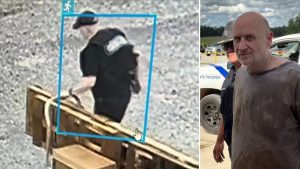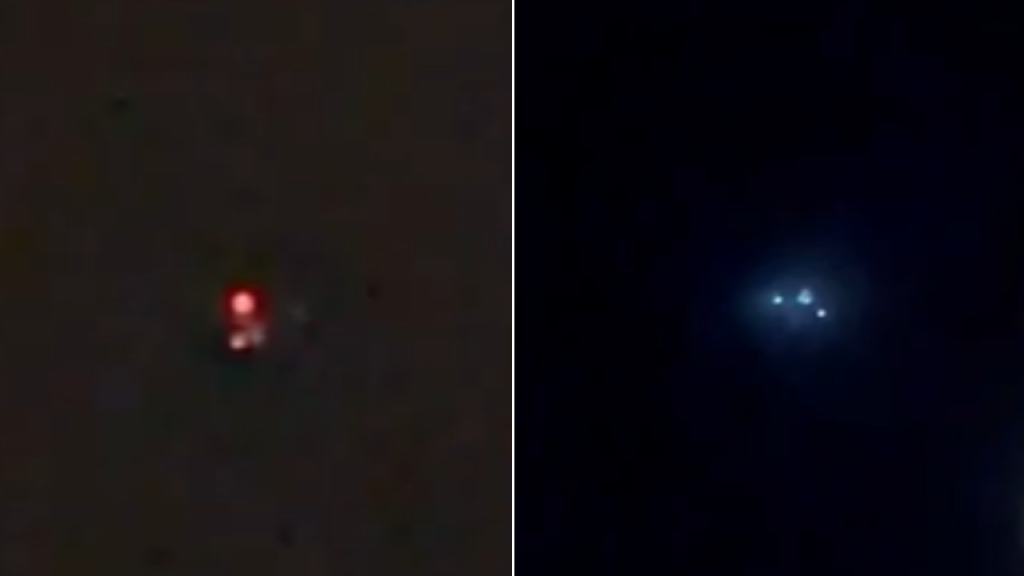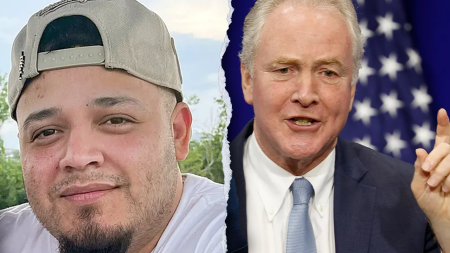The escalating presence of unidentified drones over sensitive locations in New Jersey has sparked significant concern within the U.S. government and among the public. The FBI, leading the investigation, admitted a concerning lack of knowledge about the drones’ origin, purpose, and potential threat level. This uncertainty underscores a broader issue of national security vulnerability in the face of evolving drone technology. Robert Wheeler, FBI Assistant Director of the Critical Incident Response Group, testified before a Congressional hearing, acknowledging the agency’s inability to attribute the drone activity to any individual or group. This admission highlights the challenges faced by law enforcement in identifying and responding to potential drone threats. The sheer number of drone sightings, with reports of nearly 50 drones over New Jersey on a single Sunday, further emphasizes the urgency of the situation.
The Congressional hearing revealed a startling lack of resources allocated to counter-drone efforts. Wheeler revealed that the FBI’s budget allocated only $500,000 towards counter-drone technology and deployment. This meager allocation raised concerns among lawmakers, who questioned the effectiveness of current counter-drone strategies and the allocation of taxpayer dollars. The limited resources are particularly concerning given the potential scale of the threat, with sightings of both small, maneuverable drones and larger, SUV-sized drones. The larger drones, and the presence of smaller, rapidly maneuvering drones, have raised the specter of “drone motherships” – larger platforms capable of deploying smaller drones for surveillance or attack. This type of technology has been observed in international conflicts, raising the possibility of foreign adversary involvement in the New Jersey incidents.
Testimony from other government agencies painted a broader picture of the drone threat facing the United States. Customs and Border Patrol (CBP) reported thousands of drone incursions near U.S. borders over a short period. Many of these drones operated just outside U.S. airspace, limiting CBP’s ability to respond. Moreover, CBP revealed a complete lack of allocated funding for counter-drone operations, highlighting a significant resource gap across multiple agencies. This lack of funding, coupled with legal limitations on engaging drones, creates a critical vulnerability at U.S. borders. The sheer volume of drone flights near the border, coupled with the reported instances of drug trafficking via drones, underscores the potential for criminal exploitation of this technology.
The New Jersey drone incidents, combined with the CBP border incursions, highlight the urgent need for a comprehensive national counter-drone strategy. Existing legal frameworks, including FAA regulations, restrict the ability of law enforcement and other agencies to effectively counter drone threats. These regulations prevent actions such as jamming drone signals, even in cases of suspected malicious intent. The absence of clear protocols and legal authorities leaves agencies ill-equipped to address the rapidly evolving drone threat landscape. This lack of legal clarity creates a significant operational challenge for law enforcement agencies attempting to respond to potential drone threats.
Experts and government officials alike called for legislative action to grant law enforcement greater authority to detect, track, and neutralize threatening drones. Brad Wiegmann, Deputy Assistant Attorney General for National Security, urged Congress to expand existing counter-drone authorities and grant agencies greater flexibility in responding to drone incursions. He emphasized the need to protect critical infrastructure, such as power plants and chemical facilities, from potential drone attacks. Furthermore, he advocated for empowering state and local law enforcement to engage in counter-drone efforts, recognizing the limitations of a solely federal response. This call for increased authority reflects a growing recognition that existing legal frameworks are inadequate to address the evolving drone threat.
The current situation, marked by limited resources, restrictive regulations, and a lack of clear protocols, leaves the U.S. vulnerable to a wide range of potential drone-related threats. The New Jersey drone incidents serve as a stark reminder of the need for a comprehensive national strategy to address the drone challenge. This strategy must encompass technological advancements in counter-drone technology, increased funding for relevant agencies, clear legal frameworks for engagement, and enhanced coordination between federal, state, and local authorities. The evolving drone landscape demands a proactive and coordinated response to ensure the safety and security of critical infrastructure, borders, and the public. Addressing this challenge effectively will require a multi-faceted approach that encompasses technological advancements, legal reforms, and increased resource allocation.










